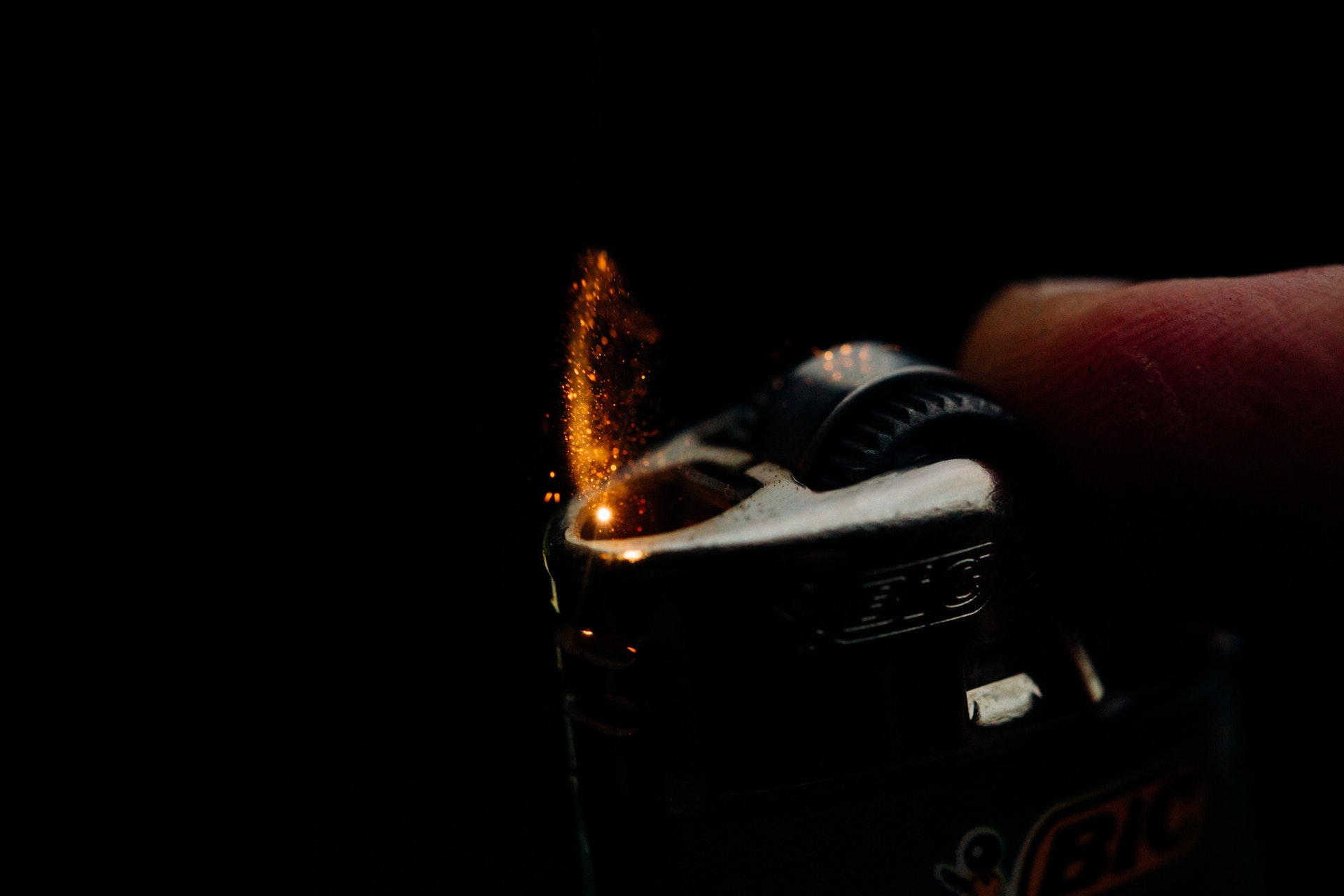
Are Backpacking Stove Piezo Lighters Worth it?
Among the many options available, you’ll come across backpacking stoves equipped with piezo igniters, promising hassle-free ignition with the push of a button. But are these push-button igniters reliable, and are they worth the investment?
Cost vs Convenience: Is It Worth the Price?
Backpacking stoves equipped with piezo igniters may cost slightly more than their counterparts without this feature. The added cost comes from the convenience they offer, allowing you to skip the hassle of carrying matches or a separate lighter.
Whether the price is worth it depends on your personal preferences and needs. If you value simplicity and time-saving convenience, the extra cost of a piezo igniter might be justified. On the other hand, if you prefer a more budget-friendly option or are comfortable using matches or a lighter, a basic stove without a piezo igniter could be a suitable choice.
Piezo Igniters Explained
Piezo igniters are designed to simplify your camping experience. They provide a quick and easy way to light your stove without the need for matches or lighters. With a simple press of the igniter button, a spark is generated, and your stove’s flame is ignited, allowing you to focus on what matters most – enjoying the great outdoors.
The Pros and Cons of Piezo Igniters
In my years of backpacking and camping, I’ve had my fair share of experiences with piezo igniters. When they work as intended, they are undoubtedly convenient and time-saving. I vividly remember cold mornings when a warm cup of coffee was just a button press away, thanks to the reliable piezo igniter on my backpacking stove.
However, I’ve also faced situations where the piezo igniter failed to deliver on its promise. Moisture, dirt, or general wear and tear can affect the igniter’s reliability, leaving me with a non-functional button and a need to resort to other methods of ignition.
Understanding Reliability:
- Build Quality: Opt for a stove with a durable and well-constructed piezo igniter. Sturdy materials and good craftsmanship can enhance its reliability.
- Maintenance: Regularly clean and inspect the igniter to prevent dirt or debris buildup that might affect its performance.
- Weather Conditions: Extreme cold or wet weather can impact piezo igniters’ effectiveness. Having alternative ignition methods is vital in such conditions.
- Backup Ignition: Always carry matches or a reliable lighter as a backup in case the piezo igniter fails.
Tips for Using Piezo Igniters
- Keep It Clean: Periodically clean the igniter to remove any debris or moisture.
- Store It Safely: Protect your stove and piezo igniter from rough handling and extreme weather conditions.
- Be Patient: Sometimes, it may take a few presses to ignite the stove, especially after long periods of storage.
- Always Carry a Backup: Have matches or a reliable lighter as a backup in case the piezo igniter malfunctions.
- Practice Makes Perfect: Familiarize yourself with the piezo igniter’s operation before heading out on your trip to ensure smooth ignition.
Alternatives if Your Piezo Igniter Fails
- Matches or Lighters: The classic method – bring along waterproof matches or a reliable lighter as a fail-safe option.
- Flint and Steel: A reliable and primitive method for starting fires, using flint and steel requires some practice but can be highly effective.
- Firestarter Sticks: These handy little sticks are designed to start fires easily and work well as an emergency backup.